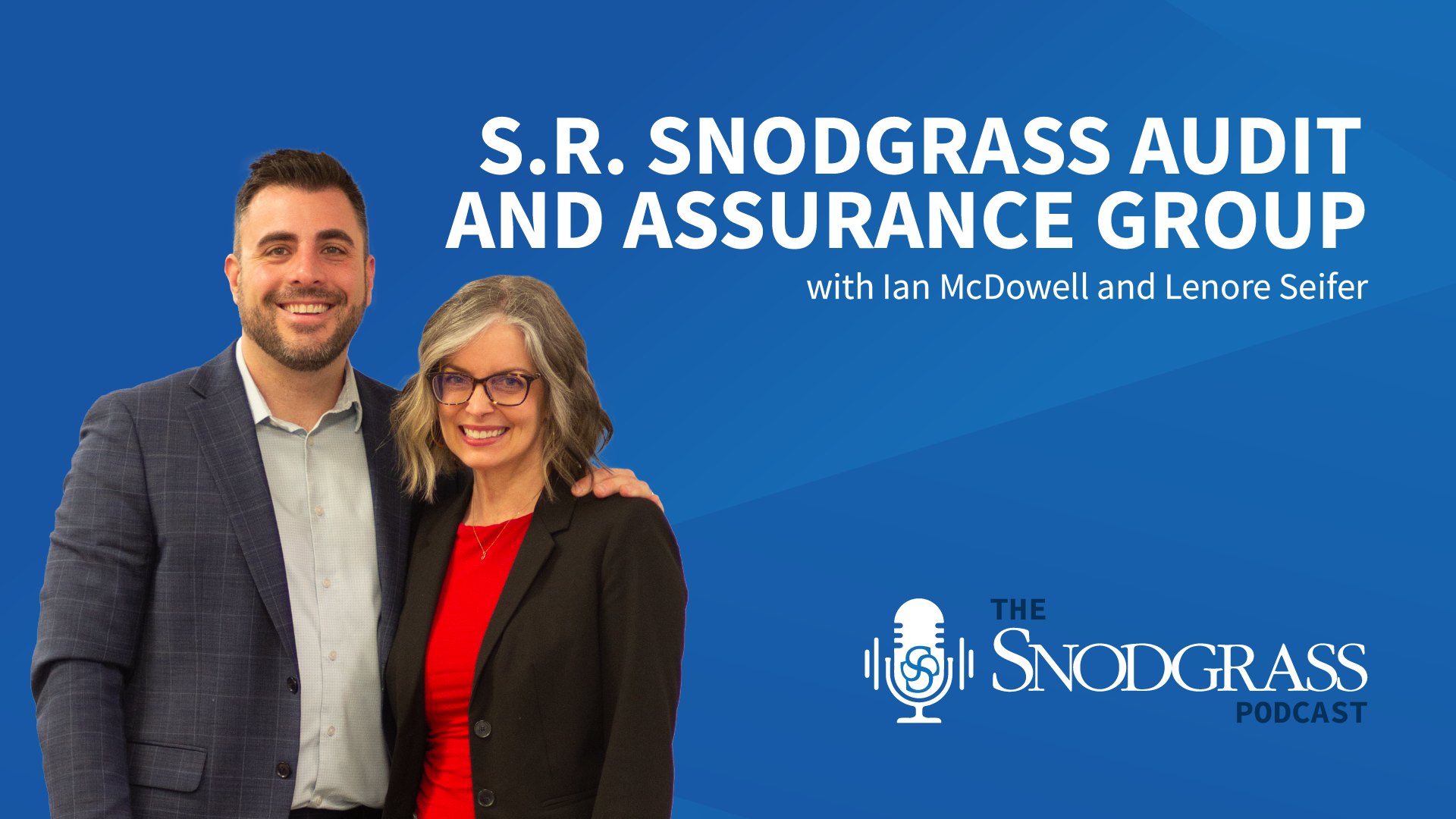Across the country, community banks of all shapes and sizes have renewed interest in strategic planning as they struggle to find an effective road map to future success. Far from the notion of planning as an annual event to meet regulatory requirements, boards and management have turned their attention to the thoughtful analysis of their banks as businesses operating in extremely competitive climates. With this shift in focus from operational “planning” to critical “strategic” thinking, one can’t help but ask: Why?
How simple and secure was the level battle field before “D-day,” deregulation. Swiftly, the rules changed, but the shadows of deregulation lingered. Bankers understood that there was an industry-wide business model that is “a way” to operate a bank.
This business model included standard hours of operation, predictable competitive pricing models, an assumed band of risk tolerance, and a confidence that customers both loved and were motivated by the safety and security that community banks delivered in a friendly manner.
The 21st century began with the startling awareness that the financial service industry had changed – forever. Once the distractions and costs of Y2K subsided, community bank executives awoke to a new landscape that was void of predictable customer expectations and competitive positioning.
A more sophisticated investor emerged seeking double digit returns, and non-bank competitors lured once loyal customers with product, service and delivery innovations that made banks look, well, foolish.
New survival questions arose such as “Are we relevant?” and “Can we mount a competitive challenge to national firms with deep pockets and a renewed interest in our customers’ wallets and hearts?” The wise community bankers concluded that future success demanded clear, customer- centered strategy. But how?
Enter data mining and dedicated customer information systems, providing new information about the depth and profitability of customer relationships. Access to reliable information about our customers, competitors and employee talents offered invaluable insights to accurately gauge our current situation and more effectively develop higher performance pathways.
With this came the realization that strategy development is an ongoing business process that continually assesses the changing situation and re-positions the company by altering the business model within the context of the company’s strategic direction. The next critical step is the movement from traditional industry benchmarks to the development of new metrics that align staff performance with the company’s key strategic activities, tracking results on a monthly basis.



